Driving in Miami
If you plan to drive in Miami, it is important to familiarize yourself with the traffic laws and stay up-to-date with the latest. For example, using a mobile phone while driving is illegal in Miami and you will be fined if caught. The blood alcohol limit is currently 0.08% across the state of Florida. Additionally, speed limits vary from 30 miles per hour (mph) to 65 mph depending on the area, so make sure to check the limits before driving. Using loose objects inside the vehicle is also prohibited.
If you would like to find out more about what to do when driving in Miami, visit the official Florida Department of Highway Safety website for useful tips and additional resources. When driving in Miami, it is important to pay attention to speed limits and traffic signs. Many streets also have speed cameras to monitor speed and fine offenders. Driving cautiously is essential in order to avoid accidents and injuries on the road. High beams should also be used when necessary.

If you plan a trip outside of Miami, there are weight restrictions that must be met when passing over bridges and highways. If you are unsure of what these exact restrictions are, visit the official Department of Highway Safety website for more info.
Make sure to give yourself plenty of time to reach your destination. If you are running late, plan an alternate route in advance as traffic can become congested during peak times. Miami has strict laws with regard to parking which may involve parking meters and specific streets dedicated to loading/unloading zones. It is important to be aware of these restrictions and adhere to them at all times.
When it comes to car maintenance, ensure that you have up-to-date documents such as insurance, vehicle registration, and driver’s license. In the event of a breakdown or accident, make sure you have access to the roadside assistance number provided by your car insurance company or by the state highway patrol so you can get help quickly.
Rules of Driving and Traffic in Miami

Driving in Miami requires knowledge and understanding of traffic rules and regulations. Here are some key points to keep in mind:
- Using mobile phones while driving is illegal in Miami and you will be fined if caught.
- The blood alcohol limit is 0.08% throughout the state of Florida.
- Speed limits range from 30 miles per hour (mph) to 65 mph depending on the area.
- Do not use loose objects inside the vehicle.
- Follow speed limits and traffic signs at all times.
- Be aware of speed cameras that monitor speed and fine offenders.
- Use high beams where necessary.
- Before crossing over bridges or highways, adhere to weight restrictions as set by the state.
- Give yourself plenty of time to reach your destination. Plan an alternate route in case of delays due to congestion.
- Adhere to parking meter laws and restrictions when parking.
- Make sure documents such as insurance, vehicle registration, and driver’s license are up to date.
- Have access to roadside assistance service provided by the car insurance company or state highway patrol.
What are the Major Highways of Miami?
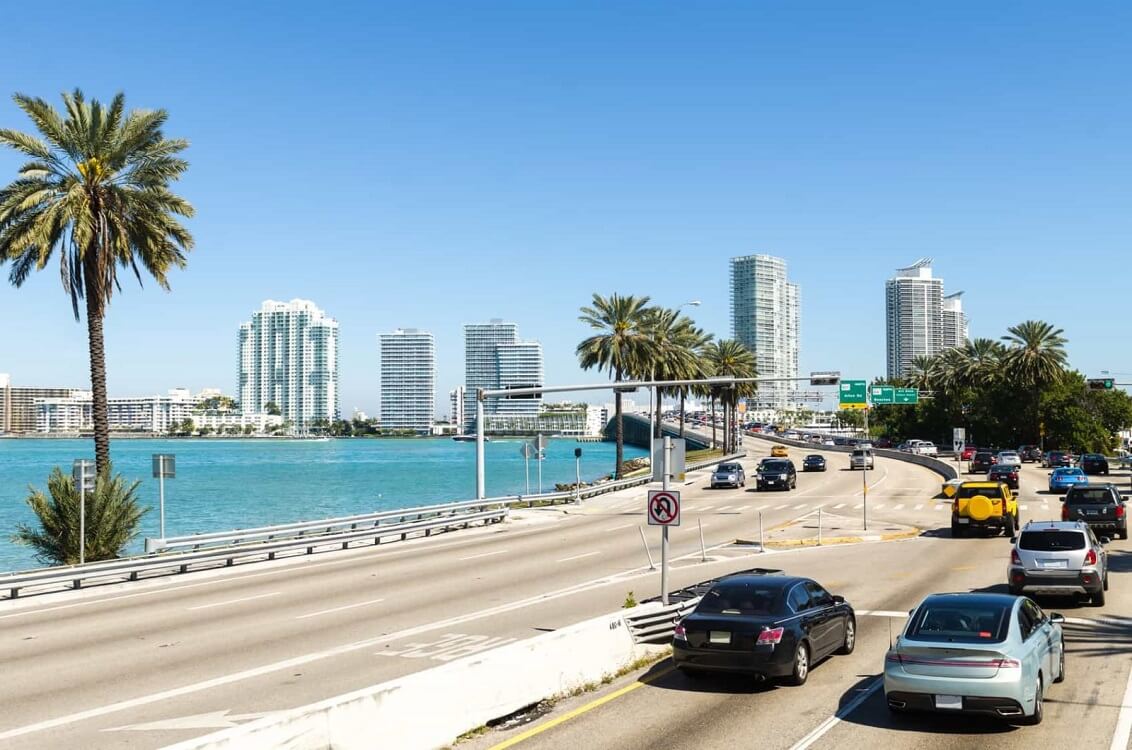
Major highways in Miami include the following:
- Interstate 95, which runs from north to south, connects Jacksonville and Daytona Beach to Miami.
- Florida Turnpike, a toll road that extends from Miami to Orlando.
- Dolphin Expressway (SR 836) connects West Flagler Street with the Florida Turnpike.
- The Palmetto Expressway (SR 826) connects East Flagler Street with Interstate 75.
- US Route 1 stretches from Key West to the Canadian border, crossing through most of Florida’s coastal towns.
- Interstate 75 runs along Southwest Florida’s Gulf Coast through Naples and Gainesville before ending in Georgia.
How to Use the SunPass Toll System in Miami?
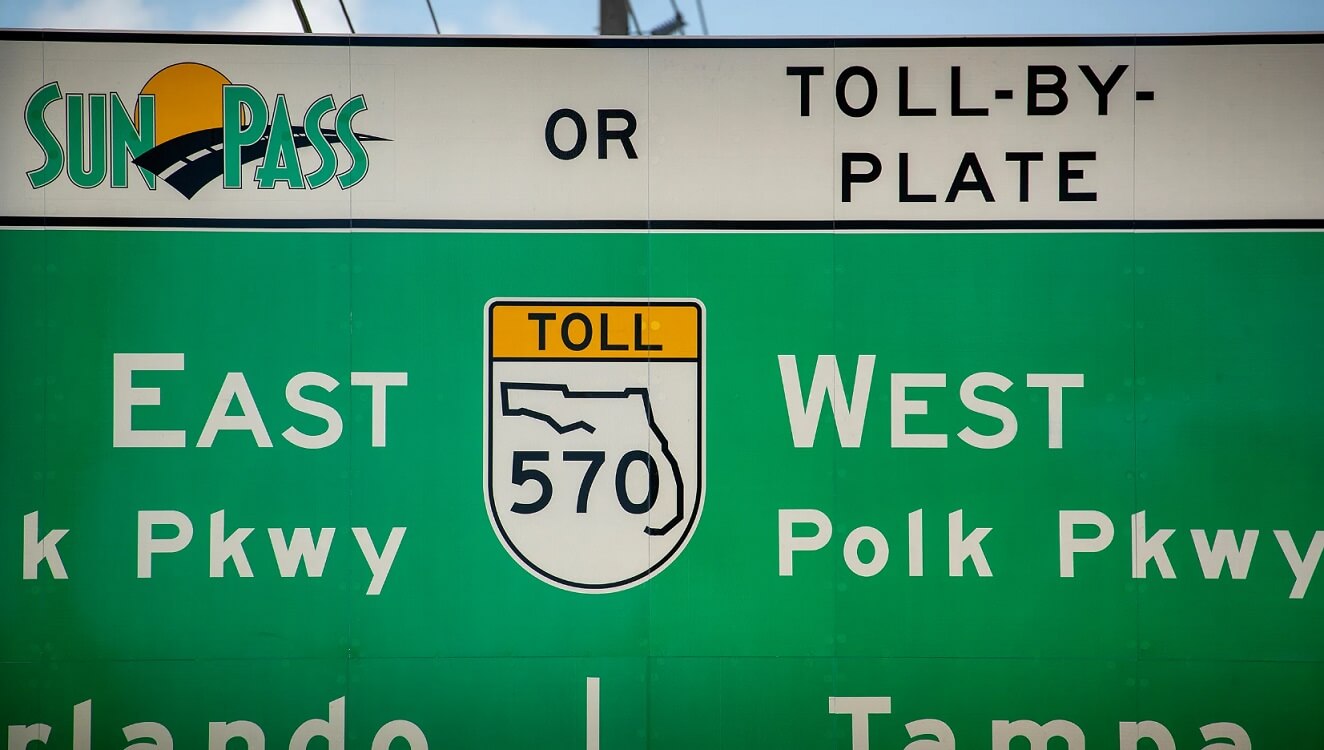
The SunPass toll system in Miami offers an easy and convenient way to pay for tolls. Here’s how it works:
- Purchase a SunPass transponder at an authorized retailer or online.
- Register the transponder with personal information.
- Mount the transponder in your vehicle according to the directions provided.
- When approaching a toll plaza, traffic lights will indicate lanes equipped with SunPass. Look for the signal showing a green circle with “SunPass” printed inside it.
- Drive through the lane and your toll payment will be deducted from your account automatically.
- Monitor your account online or through an app to keep track of payments and balances.
What is the Florida Toll System?

The Florida toll system is a network of roads and bridges throughout the state that requires payment when traveling on them. It consists of various types of tolls, including cash (in some cases), electronic (SunPass), and billing-by-plate. The funds collected through the toll system are used to maintain and improve roads, highways, bridges, and other transportation facilities throughout Florida.
How to Use Express Lanes I-95?

Using Express Lanes on I-95 is a great way to save time and money. Here’s how it works:
- Look for the signal showing an orange diamond with three X’s inside it.
- Drive through the signal to enter the lane.
- Pay attention to speed limits as they vary within Express Lane.
- When exiting, keep an eye out for two sets of arrows. The first arrow indicates you should begin moving into the exit lane while the second arrow signals you must be in that lane when you reach the next signal.
- At that point, toll amounts will be assessed and deducted from your SunPass account or billed through Bill by Plate.
How to Get Traffic Updates for Florida 511?
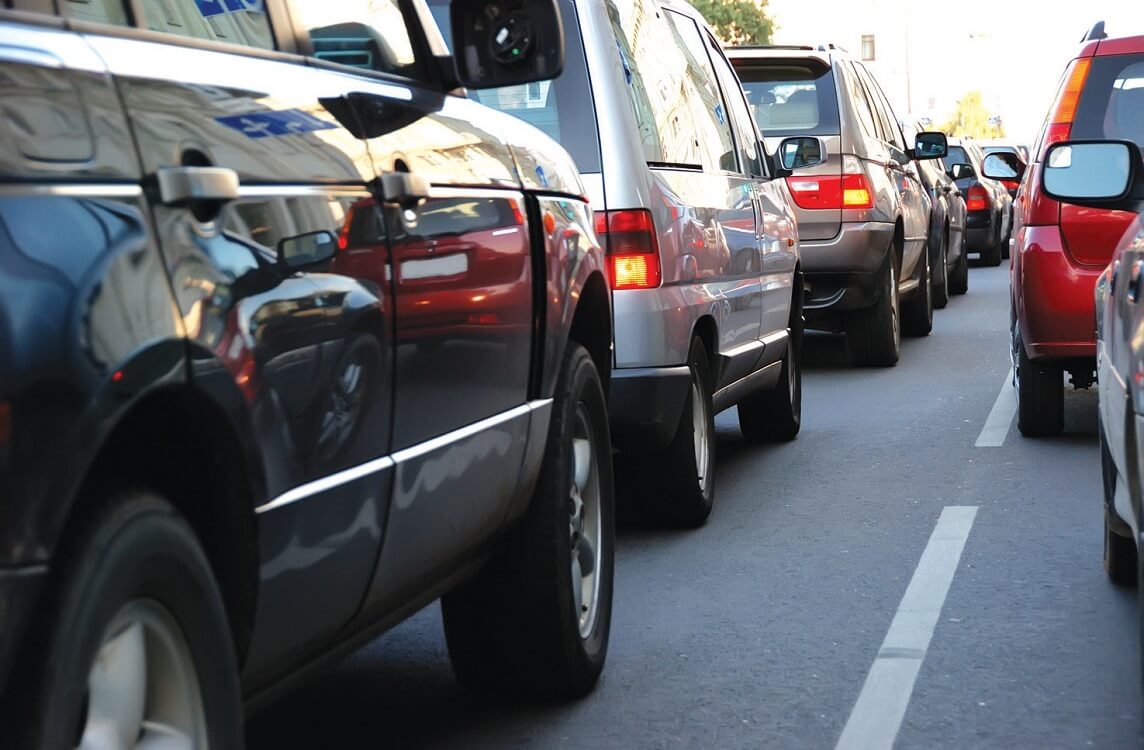
Getting traffic updates for Florida 511 is easy. Here’s how:
- Visit the Florida 511 website (fl511.com).
- Select the region you want to view updates for.
- View regional and statewide travel information, including real-time traffic maps, lane closure advisories, construction alerts, and current traffic conditions.
- Sign up for e-mail or text message alerts to get updates on traffic in your area.
- Call 511 from your phone when you need up-to-date travel information.
Miami Parking Tips
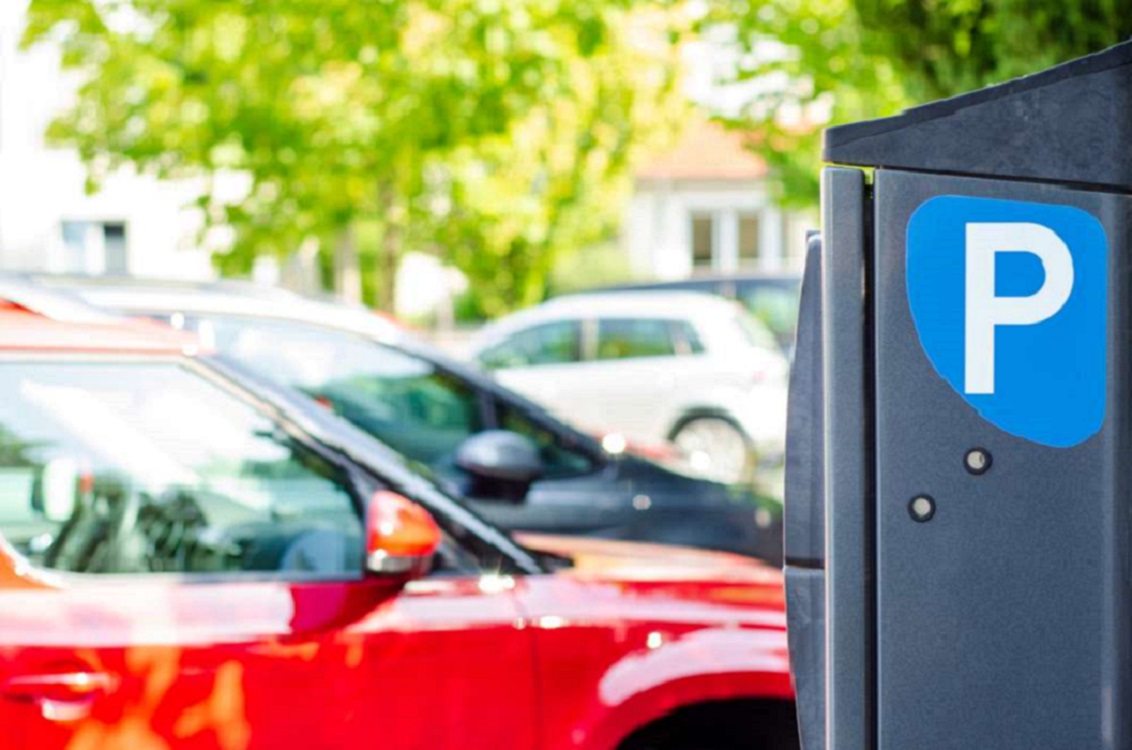
Looking for the best parking options in Miami? Here are some tips:
- Take advantage of City’s garages, lots, and on-street meters – they provide convenient and affordable options.
- Download a real-time parking map app such as ParkMe or SpotHero to check availability before you go.
- If you’re going to be downtown for more than an hour, consider the Miami Parking Authority’s prepaid online service. It allows you to pay exactly what fits your parking needs.
- Always read posted signs carefully and follow local regulations. Street sweeping is typically enforced twice per week so make sure to observe signage designating days and times when street cleaning will occur.
Conclusion
In conclusion, getting around Miami is relatively easy if you plan ahead. By taking advantage of the City’s garages, lots, and on-street meters as well as real-time parking map apps and the Miami Parking Authority’s prepaid online service, you can ensure that you always find an affordable and convenient option. Additionally, be sure to obey posted signs and observe any street sweeping regulations that are in place in order to avoid costly parking fines.
Driving in Miami FAQ
Q: What side of the road do people drive on in Miami?
A: People drive on the right-hand side of the road in Miami.
Q: Do I need an international driver's license to drive in Miami?
A: If you have a valid driver’s license from your home country, you do not need an international driver’s license to drive in Miami. However, you should make sure your license is in English or has an accompanying English translation.
Q: What is the speed limit in Miami?
A: The speed limit in Miami varies depending on the road and location. In general, the speed limit is 30 mph in residential areas, 40-45 mph on major streets, and 55-70 mph on highways.
Q: Can I turn right on red in Miami?
A: Yes, you can turn right on red in Miami unless otherwise posted. However, you must come to a complete stop and yield to pedestrians and oncoming traffic before making the turn.
Q: Is there public parking available in Miami?
A: Yes, there are many public parking lots and garages located throughout Miami. However, parking can be expensive and difficult to find in some areas, especially in popular tourist destinations.
Q: Can I use my phone while driving in Miami?
A: It is illegal to use a handheld phone while driving in Miami. However, you can use a hands-free device to make phone calls or use your phone’s GPS.
Q: What should I do if I get into an accident while driving in Miami?
A: If you get into an accident while driving in Miami, you should pull over to a safe location and exchange contact and insurance information with the other driver. You should also call the police to report the accident and seek medical attention if necessary.
Q: Are there toll roads in Miami?
A: Yes, there are several toll roads in Miami, including the Florida Turnpike and the Dolphin Expressway. Make sure to have cash or a SunPass transponder to pay the tolls.
Last Updated on March 28, 2023 by Viktoria
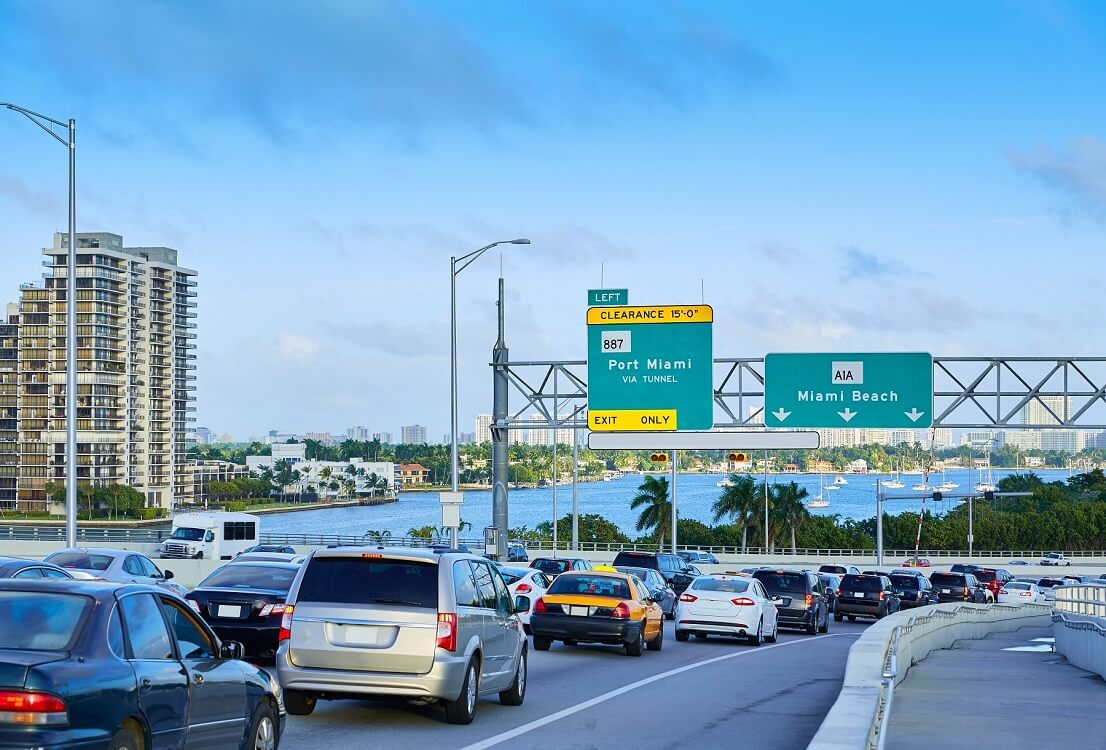
Comments are closed